Halo (2003) Game Icons and Banners:
Halo (2003) Game Icons and Banners: A Comprehensive Guide
Halo (2003), the groundbreaking first-person shooter developed by Bungie and published by Microsoft, has left an indelible mark on the gaming world. As one of the most iconic titles in the genre, Halo has influenced countless games and generated a wealth of memorabilia, including game icons and banners. This article explores the significance of these elements, their impact on gaming culture, and how they have evolved over time.
Introduction to Halo (2003)
Released as a launch title for the Xbox, Halo: Combat Evolved revolutionized the first-person shooter (FPS) genre with its innovative gameplay, compelling story, and impressive graphics for its time. Set in a science fiction universe, Halo introduced players to Master Chief Petty Officer John-117 and his battle against the alien Covenant forces. The game’s success led to a franchise that includes sequels, spin-offs, and a dedicated fan base.
The Role of Game Icons in Halo (2003)
Defining Game Icons
Game icons are visual representations used to symbolize a game or its characters. For Halo (2003), these icons include the recognizable imagery associated with the game, such as Master Chief’s helmet, the Halo ring, and various weapons and vehicles.
Iconic Imagery
One of the most enduring symbols from Halo (2003) is the Spartan helmet of Master Chief. This iconic image is not just a representation of the protagonist but has become a symbol of the Halo franchise itself. The helmet’s sleek design and distinctive visor are instantly recognizable, making it a popular choice for logos, merchandise, and fan art.
Another significant icon is the Halo ring, the massive space structure that serves as the setting for much of the game. The ring’s design is both mysterious and awe-inspiring, representing the grandeur and danger of the Halo universe.
Impact on Gaming Culture
The game icons from Halo (2003) have had a profound impact on gaming culture. They have become symbols of the game’s legacy, featured prominently in promotional materials, fan art, and even tattoo designs. These icons contribute to the game’s identity and help in establishing a connection with players, evoking nostalgia and enthusiasm.
The Evolution of Banners in Halo (2003)
What Are Banners?
In the context of video games, banners are large graphical elements used for advertising, promotions, and in-game displays. They often feature key imagery and branding elements from the game.
Early Banners
During the release of Halo (2003), banners were primarily used for marketing purposes. These early banners showcased the game’s logo, Master Chief, and key artwork. They were displayed in gaming magazines, retail stores, and at gaming events, playing a crucial role in generating excitement and anticipation for the game’s launch.
Modern Banners and Their Uses
Today, banners have evolved with digital technology. Online banners, including those on websites and social media platforms, use high-resolution graphics and dynamic elements to attract attention. Halo (2003) banners often incorporate animated elements, such as moving characters or effects, to engage viewers. These modern banners are not only used for marketing but also for celebrating anniversaries and special events related to the Halo franchise.
Creating Halo (2003) Inspired Graphics
Design Elements
When creating Halo (2003) inspired graphics, it’s essential to incorporate key design elements that resonate with the game’s aesthetic. This includes using the distinctive color palette of the Halo universe, which features shades of green, blue, and metallic tones. Incorporating iconic characters, weapons, and vehicles can also enhance the visual appeal.
Tools and Techniques
Designing Halo-inspired icons and banners can be done using various graphic design tools. Software such as Adobe Photoshop and Illustrator are popular choices for creating high-quality visuals. Techniques such as layering, shading, and applying effects can help in replicating the game’s distinct style.
SEO Considerations
When creating digital content related to Halo (2003), incorporating relevant keywords can improve search engine optimization (SEO). Using terms like “Halo (2003) icons,” “Halo game banners,” and “Halo 2003 graphics” in titles, descriptions, and alt texts can help increase visibility on search engines.
The Legacy of Halo (2003) Icons and Banners
Influence on Future Games
Halo (2003) has set a precedent in the gaming industry for how icons and banners are used. The game’s visual elements have inspired many subsequent titles in the FPS genre and beyond. The design choices made for Halo’s icons and banners have influenced how other games approach branding and marketing.
Fan Contributions
The Halo fan community has embraced the game’s icons and banners, creating their own artwork and designs. Fans produce a wide range of content, from custom banners for online profiles to detailed icons for personal use. This community-driven content helps in keeping the Halo legacy alive and showcases the lasting impact of the game’s visual elements.
Ongoing Relevance
Even years after its release, Halo (2003) remains relevant in popular culture. The game’s icons and banners continue to be used in various contexts, including gaming conventions, online communities, and merchandise. The enduring appeal of these elements underscores the game’s significant role in the history of video gaming.
Conclusion
Halo (2003) is more than just a groundbreaking FPS; it’s a cultural phenomenon that has left a lasting impact on the gaming world. The game’s icons and banners have become integral to its identity, representing its rich universe and captivating story. From the iconic Spartan helmet to the majestic Halo ring, these visual elements have played a crucial role in shaping the game’s legacy and continuing to inspire both fans and future game developers.
As we look back on Halo (2003) and its influence, it’s clear that its game icons and banners are not just symbols but a testament to the game’s enduring impact on gaming culture. Whether through nostalgic recollections or ongoing fan creations, the legacy of Halo’s visual elements remains as strong as ever.
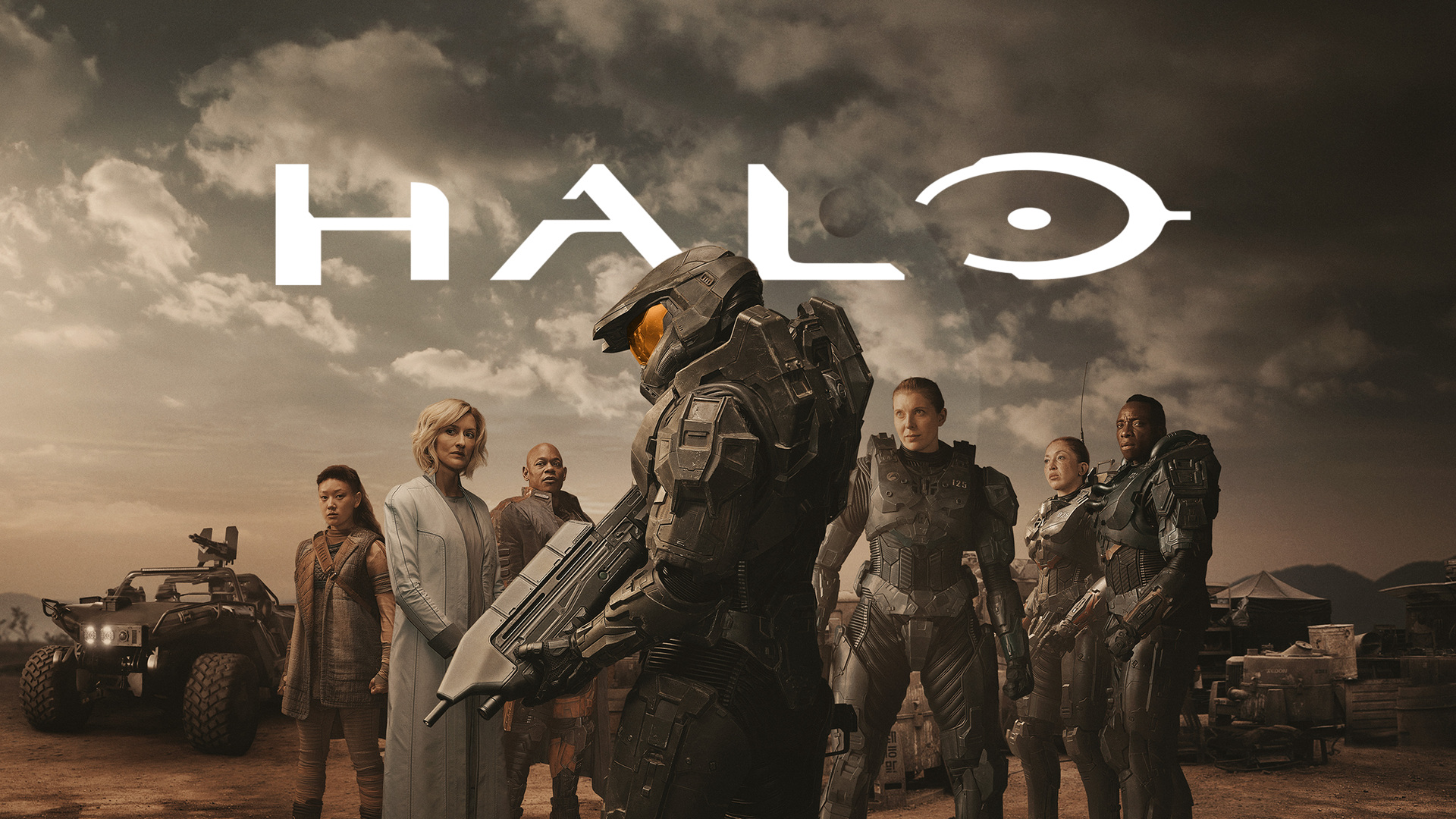
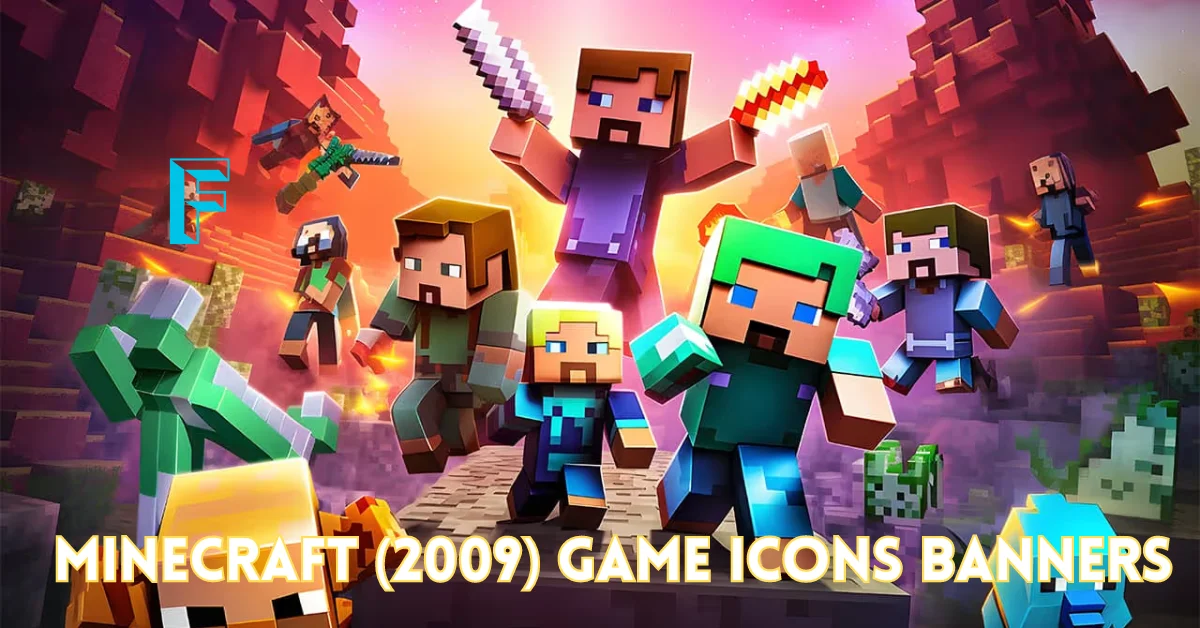

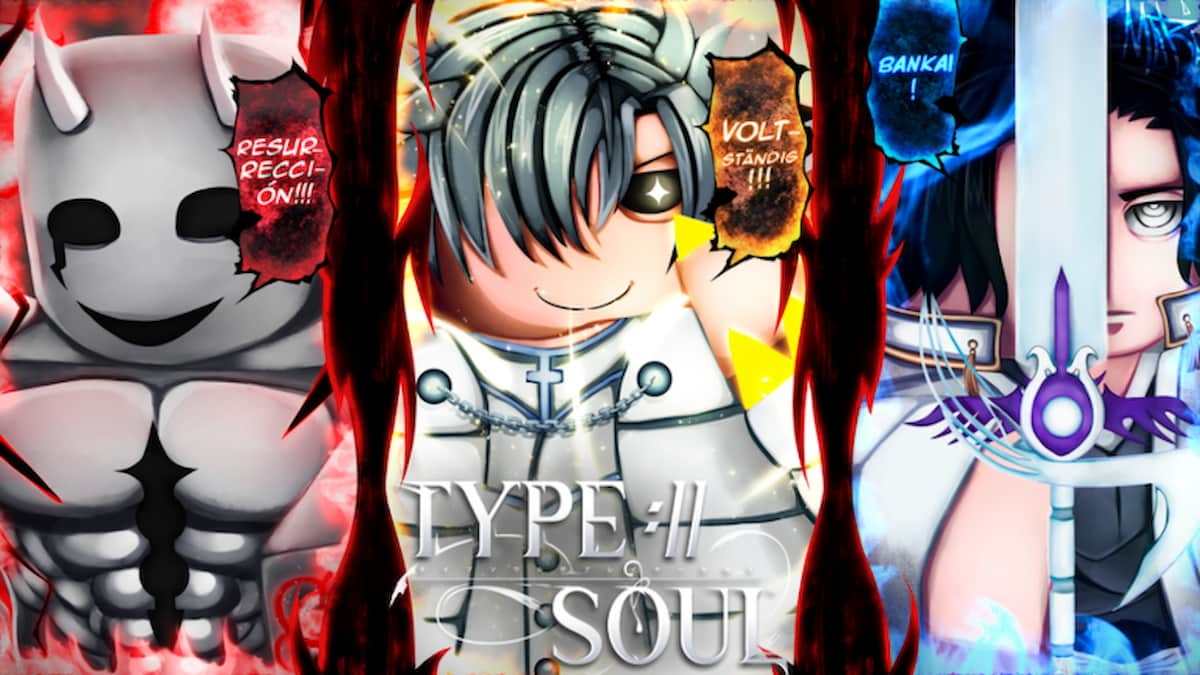





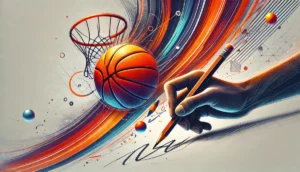


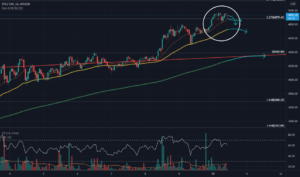

Post Comment